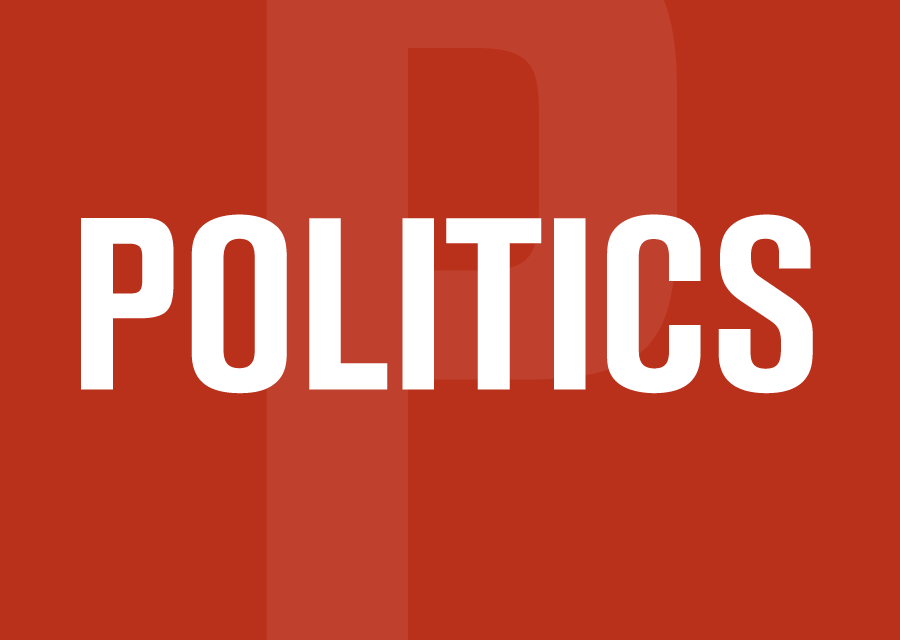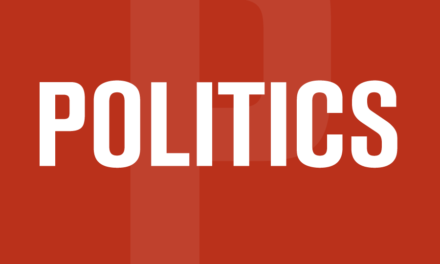There was bad news and not so bad news for the Liberals after week one of the pandemic campaign – the election no one except the Trudeau party much wanted. The bad news for the Liberals has them going down in the polls and COVID-19 cases going up. The less bad news is that the rate of increase in COVID cases last week was not as high as the week before.
Table 1:Change in Active case numbers selected dates
| Aug. 8 | Aug. 15 | Aug. 23 | 8-15 increase | 15-23 increase |
| 10,307 | 17,025 | 24,234 | 65.2% | 42.3% |
Source: Health Infobase
While the numbers went up more slowly overall from August 15 to 23, that’s not the case in Nova Scotia or New Brunswick. With the fourth wave reaching our shores, active cases more than doubled last week, according to Infobase.
Table 2: Change in active case numbers by province
| Cases Aug. 15 | Cases Aug. 23 | Change | |
| Nova Scotia | 26 | 58 | 123.1% |
| New Brunswick | 85 | 174 | 104.7% |
| Alberta | 4,438 | 7,777 | 75.2% |
| Newfoundland | 14 | 22 | 57.1% |
| Saskatchewan | 1,043 | 1,556 | 49.2% |
| Ontario | 3,667 | 5,126 | 39.8% |
| Quebec | 2,775 | 3,725 | 34.2% |
| British Columbia | 4,336 | 5,202 | 20.0% |
| Prince Edward I. | 6 | 5 | -16.7% |
| Manitoba | 586 | 345 | -41.1% |
Source: Health Infobase
As the table shows, doubling of cases in Nova Scotia noted last week – from 13 to 26 – was not a blip. Next to the Northwest Territories, with a four-fold increase following a reported super-spreader event, Nova Scotia had the fastest growing caseload in the country as of Aug. 23. However, at 58.6 cases per million on August 23, this province was nowhere near the national rate of 636.7 cases per million. (On Tuesday Aug. 24, Nova Scotia released a reconciled set of numbers showing that despite 28 new cases reported since August 20, active cases increased by only eight, from 41 to 49, the result of increased recoveries).
Bad and worse?
The slight slowdown in the rate of increased cases was about the only positive on the COVID front. The percentage of fully vaccinated Canadians crept up only two percentage points, to 66 per cent. And the time lag between increased case numbers and deaths began to close, with a five-fold increase in deaths last week reflecting the sharp increase in cases since July.
The federal government’s Health Infobase showed 138 deaths in 14 days before August 23, with 110 of those reported last week. Quebec reported 38 COVID deaths last week, followed by Ontario with 37, British Columbia with 21 and Alberta with 15. There were no deaths reported in the Atlantic Provinces either last week or the previous one.
The Worldometer site, which has a slightly different reporting time frame, recorded 91 deaths between August 15 and 22, up 184 per cent from the previous week. Although Canada’s daily new case average continued to be the lowest among G-7 countries last week, the recent surge in deaths pushed Canada’s rate past Germany and Japan
Table 3: Daily average case rate and death rate per million Aug. 15-22
| Case rate | Death rate | |
| Canada | 63.2 | 0.34 |
| Germany | 81.2 | 0.18 |
| Japan | 171.5 | 0.22 |
| Italy | 103.9 | 0.76 |
| France | 324.5 | 1.43 |
| U.S. | 375.0 | 2.33 |
| U.K. | 472.8 | 1.44 |
Source: Worldometer (my calculations)
A final indicator – and one with potential to produce campaign visuals reinforcing the question of why an election now – is hospitalization. The numbers in hospital, in intensive care or on mechanical ventilators were fairly flat the first week of August but took a jump just as the election was called.
Table 4: Hospitalization Canada, selected dates
| Aug.2 | Aug. 9 | Aug. 16 | |
| In hospital | 319 | 364 | 462 |
| In ICU | 168 | 177 | 242 |
| Vented | 109 | 95 | 118 |
Source: Health Infobase
If hospitalization, case numbers and death rates take off over the next three weeks it could hurt the Liberal quest for power. But as much as the Trudeau party deserves a comeuppance, here’s hoping that surge in numbers doesn’t happen.
-30-




